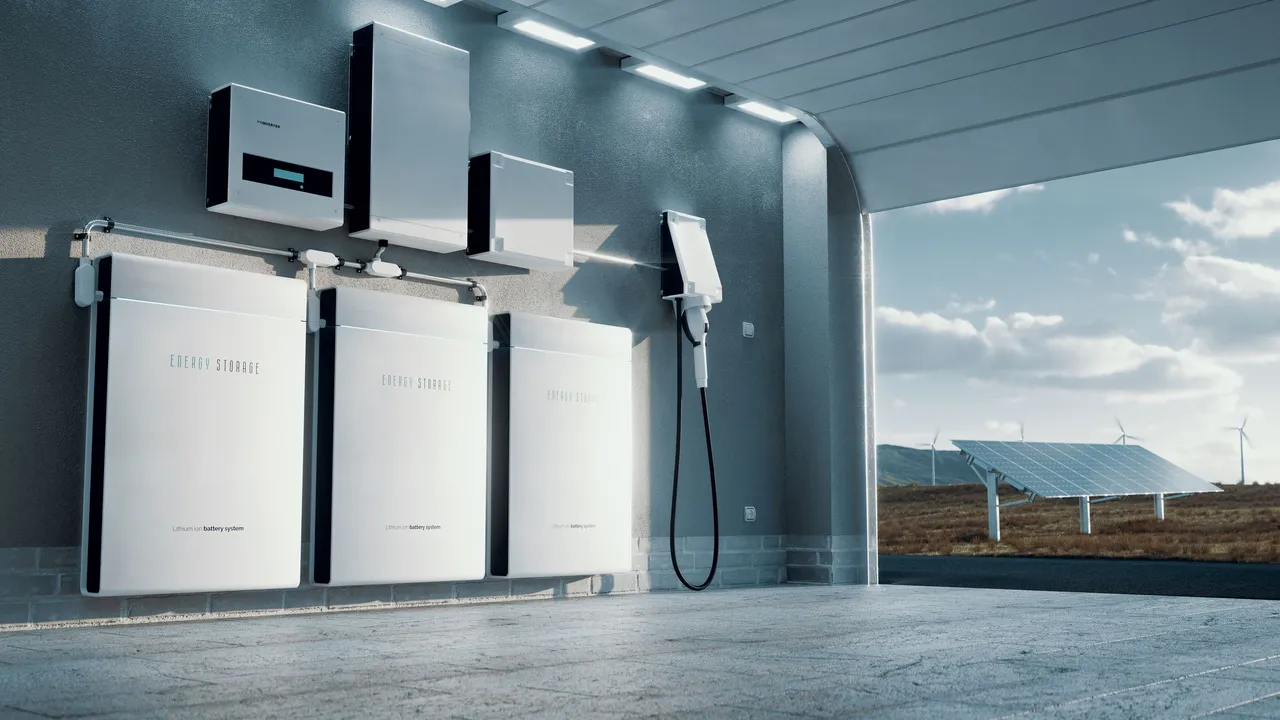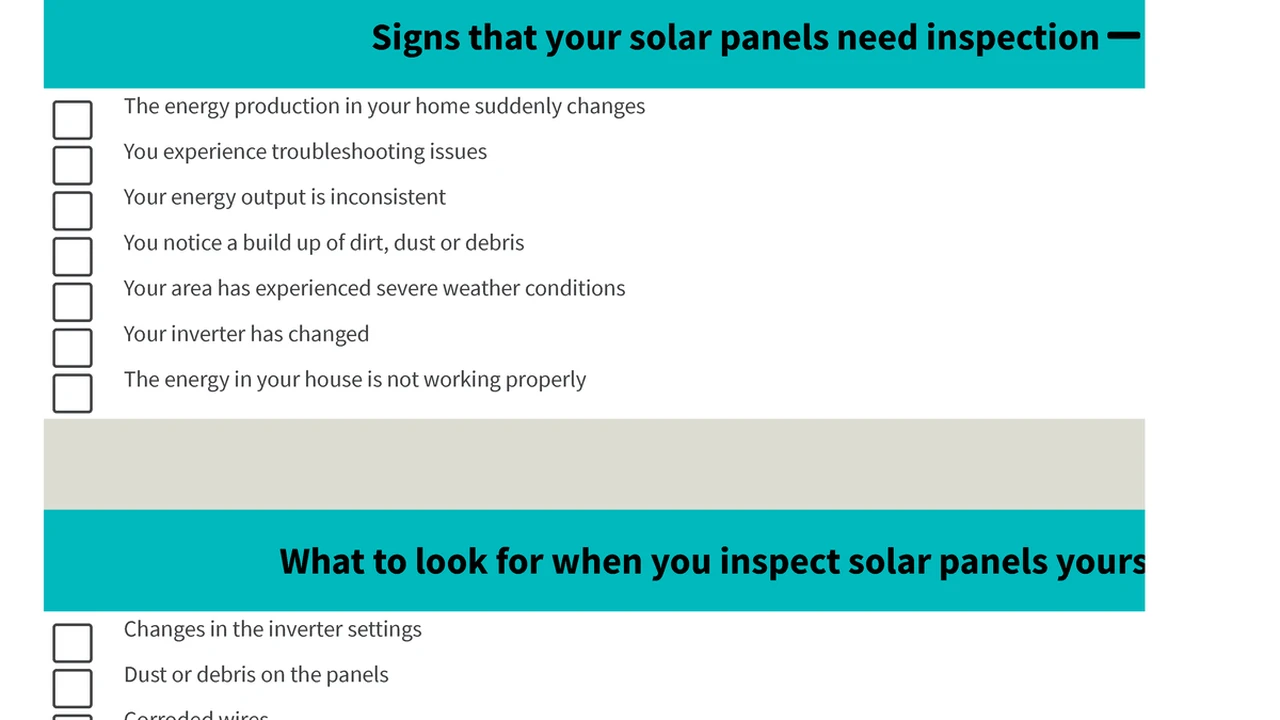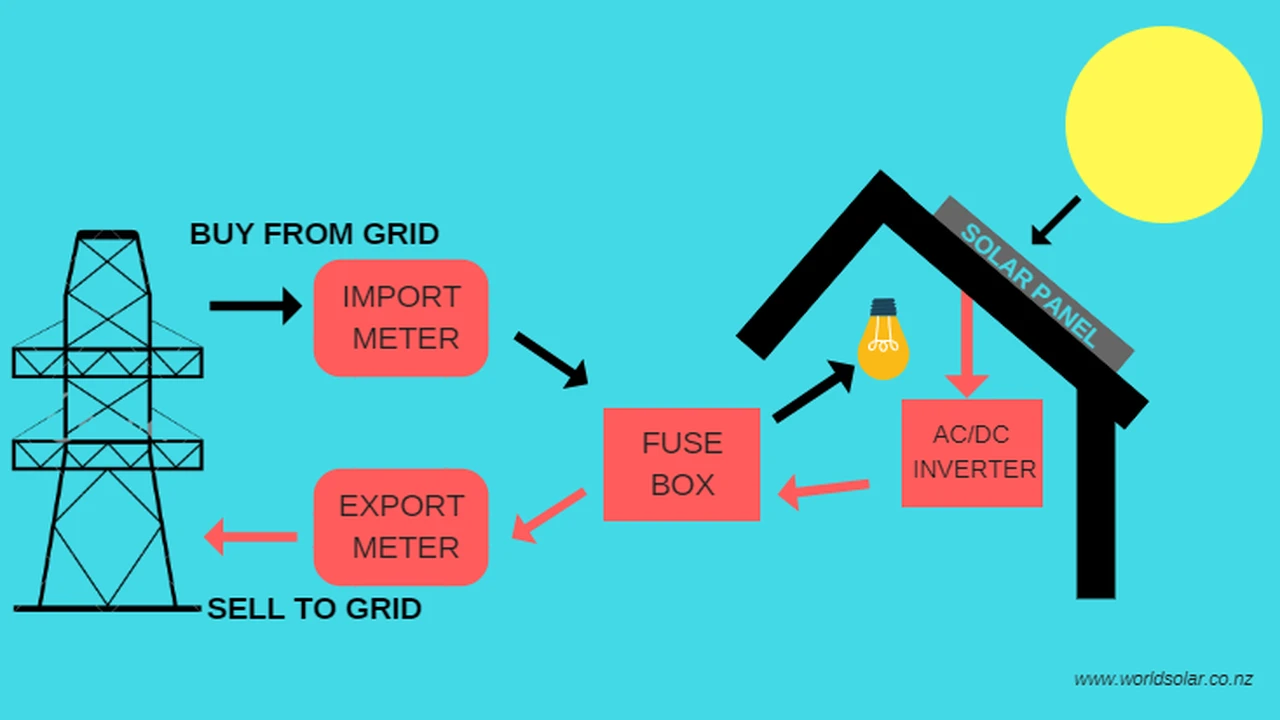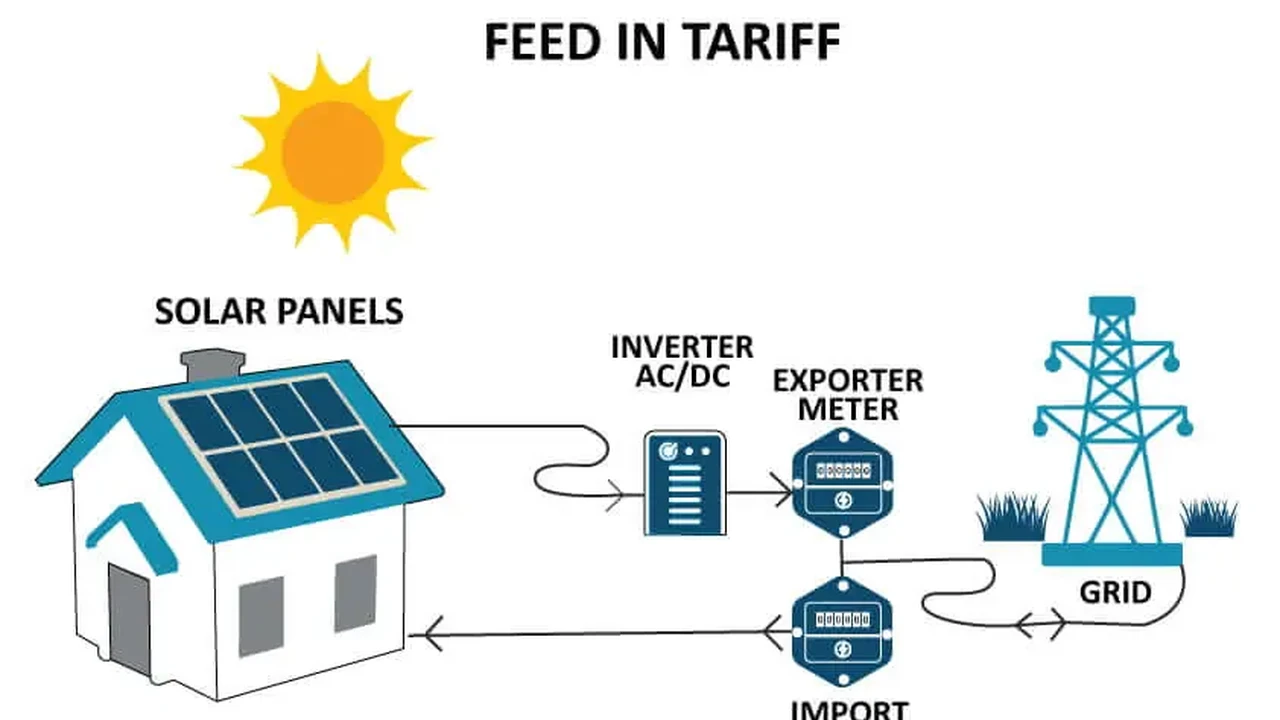Solar Panel Battery Storage Maintenance: Best Practices

Understanding Your Solar Panel Battery Storage System: A Beginner's Guide
So, you've got solar panels, and you've wisely invested in battery storage. Smart move! But just like your car or your garden, your battery system needs a little TLC to keep it running smoothly and efficiently for years to come. Think of it as preventative maintenance – a little effort now saves you big headaches (and expenses) later.
First, let's be clear: we're talking about battery storage specifically related to solar panel systems. This isn't about the AA batteries in your TV remote. These batteries are usually deep-cycle batteries designed to withstand repeated charging and discharging. We'll mostly be focusing on lithium-ion batteries, since they are the most popular choice for new solar installations due to their efficiency, lifespan, and energy density.
Lithium-Ion Battery Maintenance Tips for Solar Power Systems
Lithium-ion batteries are generally low-maintenance, but that doesn't mean you can completely ignore them. Here's what you need to know:
Regular Inspection of Solar Battery Systems
Visually inspect your battery bank regularly. Look for any signs of damage, such as:
- Bulging or swelling: This is a major red flag and could indicate a serious problem. Immediately contact a qualified technician.
- Corrosion on terminals: Clean any corrosion with a baking soda and water solution. Make sure the system is turned off first!
- Cracked or damaged casings: Again, this could be dangerous. Call a professional.
- Loose connections: Tighten any loose connections, ensuring they are snug but not overtightened.
Temperature Control and Solar Battery Performance
Temperature is a huge factor in battery performance and lifespan. Lithium-ion batteries perform best within a specific temperature range, typically between 15°C and 35°C (59°F and 95°F). Extreme temperatures, both hot and cold, can significantly reduce their lifespan and capacity.
- If your batteries are in a garage or shed: Consider insulation to protect them from extreme temperatures. You might even need a small heater or air conditioner in very harsh climates.
- Monitor the battery temperature: Many battery systems have built-in temperature monitoring. Pay attention to these readings and take action if the temperature is consistently outside the recommended range.
- Proper ventilation: Ensure adequate ventilation to prevent overheating.
State of Charge (SOC) Management for Optimal Solar Battery Life
Avoid consistently deep-discharging your batteries. While lithium-ion batteries are more resilient than older lead-acid batteries, repeatedly draining them to near zero can shorten their lifespan. Aim to keep the state of charge (SOC) between 20% and 80% for optimal longevity. Your battery management system (BMS) should help with this.
- Understand your energy usage: Know how much energy you typically use each day so you can avoid over-discharging your batteries.
- Adjust your energy habits: During periods of low solar production (e.g., cloudy days), try to conserve energy to avoid draining your batteries too quickly.
- Consider a larger battery bank: If you consistently find yourself running out of power, a larger battery bank might be a worthwhile investment.
Software Updates and Solar Battery System Monitoring
Your battery system likely has a battery management system (BMS) that controls charging, discharging, and monitors the battery's health. Keep the BMS software up-to-date to ensure optimal performance and access to the latest features and bug fixes.
- Check for updates regularly: The manufacturer's website or app should provide information on available updates.
- Monitor your system's performance: Use the BMS interface to track your battery's SOC, voltage, current, and temperature. Look for any unusual patterns or warnings.
Professional Solar Battery Maintenance and Inspection
Even with regular DIY maintenance, it's a good idea to have your battery system professionally inspected every few years. A qualified technician can identify potential problems that you might miss and ensure that your system is operating safely and efficiently.
Recommended Products for Solar Battery Maintenance
Here are a few specific products that can help you maintain your solar battery system:
MidNite Solar Classic Charge Controller: Advanced Monitoring and Control
The MidNite Solar Classic is a popular charge controller that offers advanced monitoring and control features. It allows you to track your battery's performance in detail and optimize charging settings for maximum lifespan. Use case: Ideal for off-grid systems or those who want precise control over their battery charging. Price: Around $500-$700 depending on the model and features.
Victron SmartShunt Battery Monitor: Accurate SOC and Voltage Readings
The Victron SmartShunt is a Bluetooth battery monitor that provides accurate SOC and voltage readings to your smartphone or tablet. It's a simple and affordable way to keep tabs on your battery's health. Use case: Great for DIYers who want a convenient way to monitor their battery system. Price: Around $150-$200.
Battery Terminal Cleaner Spray: Preventing Corrosion and Maintaining Connections
A good battery terminal cleaner spray is essential for removing corrosion and maintaining clean connections. Look for a spray that is safe for use on electrical components. Use case: A must-have for any battery maintenance kit. Price: Around $10-$20.
Comparing Solar Battery Storage Options: Lithium-Ion vs. Lead-Acid
While we've focused on lithium-ion, let's briefly compare it to lead-acid, the older technology:
| Feature | Lithium-Ion | Lead-Acid |
|---|---|---|
| Lifespan | Longer (10-15 years) | Shorter (3-5 years) |
| Depth of Discharge (DoD) | Higher (80-90%) | Lower (50%) |
| Efficiency | Higher (90-95%) | Lower (70-80%) |
| Weight | Lighter | Heavier |
| Cost | Higher initial cost | Lower initial cost |
Conclusion: Lithium-ion batteries offer significant advantages in terms of lifespan, efficiency, and DoD, but they come at a higher initial cost. Lead-acid batteries are more affordable upfront but require more frequent replacement and offer lower performance. For most new solar installations, lithium-ion is the preferred choice due to its long-term value.
Troubleshooting Common Solar Battery Problems
Battery Not Charging: Identifying the Root Cause
If your battery isn't charging, here are a few things to check:
- Check the solar panels: Make sure they are clean and not shaded.
- Check the charge controller: Ensure it's functioning properly and that the settings are correct.
- Check the battery connections: Make sure all connections are clean and tight.
- Check the battery voltage: If the battery voltage is too low, it may be damaged and need to be replaced.
Battery Draining Too Quickly: Addressing High Energy Consumption
If your battery is draining too quickly, consider these factors:
- High energy consumption: Identify any appliances or devices that are consuming excessive energy.
- Battery capacity: Is your battery bank large enough to meet your energy needs?
- Battery health: A degraded battery may have reduced capacity.
Battery Overheating: Ensuring Proper Ventilation and Temperature Control
If your battery is overheating, take these steps:
- Ensure proper ventilation: Make sure there is adequate airflow around the battery.
- Check the temperature: Monitor the battery temperature and take action if it's consistently too high.
- Check the charging settings: Incorrect charging settings can cause overheating.
Extending the Life of Your Solar Panel Battery: Proactive Strategies
By following these maintenance tips and troubleshooting guidelines, you can significantly extend the life of your solar panel battery system and ensure that it provides reliable power for years to come. Remember, a little preventative maintenance goes a long way!
:max_bytes(150000):strip_icc()/277019-baked-pork-chops-with-cream-of-mushroom-soup-DDMFS-beauty-4x3-BG-7505-5762b731cf30447d9cbbbbbf387beafa.jpg)






